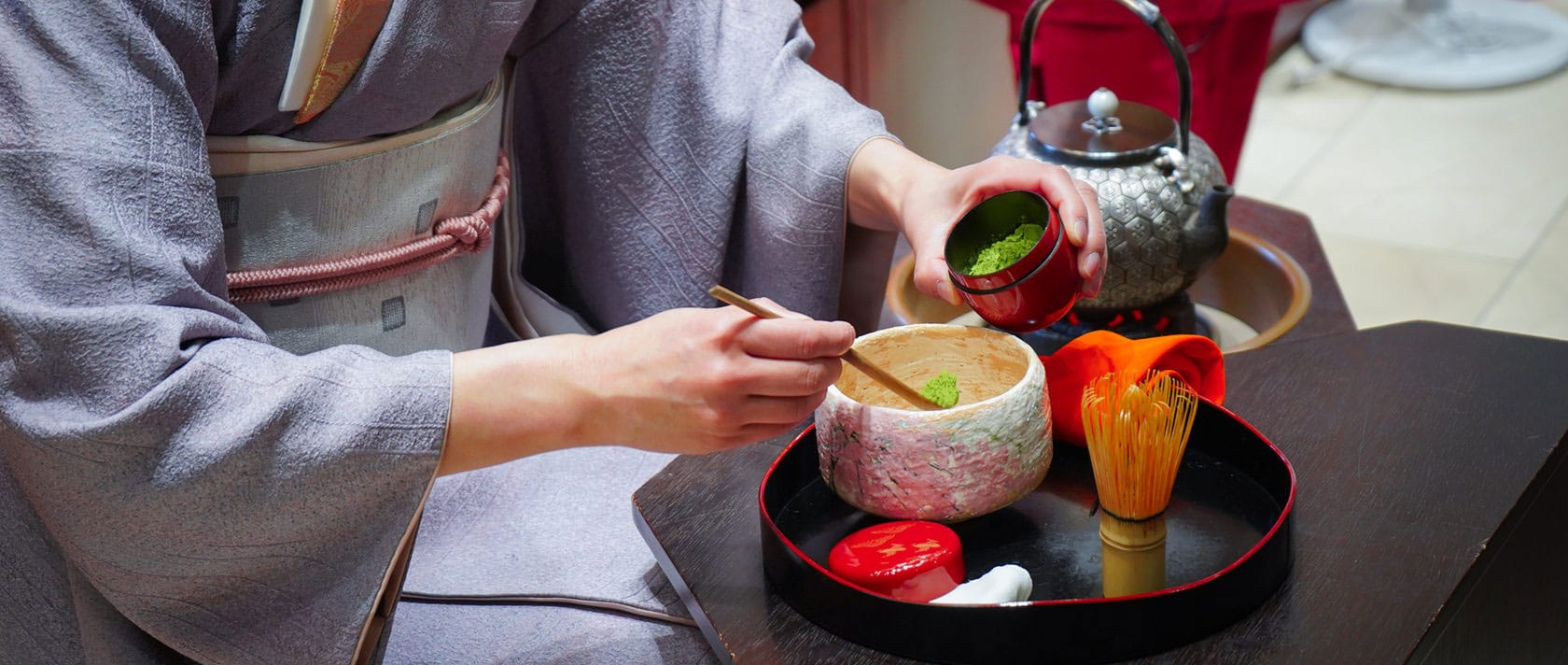
Table of Contents
Tea is originally China’s production which was later brought to Japan by Japanese kings. Both Chinese and Japanese teas stem from the same common plant known as Camellia Sinensis, bust still hold certain differences among them.
Let’s delve more into how these teas are made and what sets them apart.
What is the difference between the two?
Processing:
Most Chinese teas are usually pan-fried or baked which forms the basic method of their processing. Japanese teas, on the other hand, are traditionally steamed.
The different methods of processing giving a unique flavor to each variety thereby contributing largely to their flavor, texture, taste, and aroma.
Flavor:
Chinese teas, usually pan-fried or baked after harvesting, have a richer and roastier flavor than their Japanese counterparts.
Japanese teas are steamed with umami flavors in addition to the flavor of the mineral-rich rocky mountainous terrain. Similar flavors and aromas are found in the cuisines of both cultures that seeps into their teas as well.
Classification:
Japan has a smaller area in comparison to China when it comes to its geographical location and, consequently, tea production.
It is quite possible to keep a track of the different varieties of tea grown in Japan even when there are multiple varieties and hundreds and thousands of sub-varieties.
However, the teas in China are cultivated in a vast stretch of land. Since it is quite impossible to name all varieties, these teas are often classified as per the shape of the leaves and region.
Health benefits:
There is no hard and fast rule as to which of the two teas are healthier but matcha green tea is usually considered the best of the lot.
The cultivation, processing, and storage of the tea have a part to play in laying out its health benefits, although it isn’t still a rule of thumb.
In order to get the maximum health benefits, opt for strong and stringent green teas since they have the maximum antioxidant content.
Summing it up:
Chinese and Japanese green teas have their own unique flavor and health benefits. It all depends on the individual liking and how you want your tea to be.
If you prefer a richer, stronger, and umami scented tea, then Chinese teas are the ones for you. Japanese teas work best for people who look for a more steamed texture and flavor. Both types of teas contain immense health benefits and are globally looked up to.




